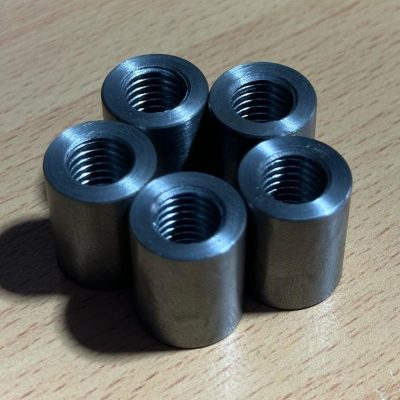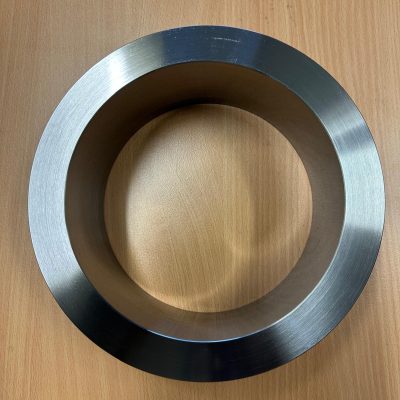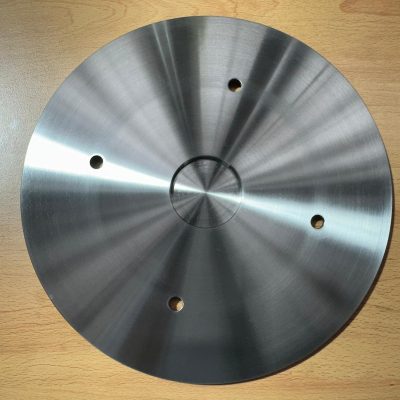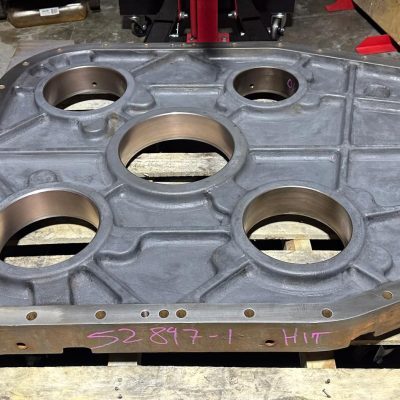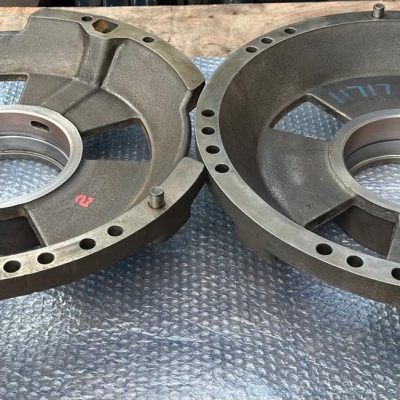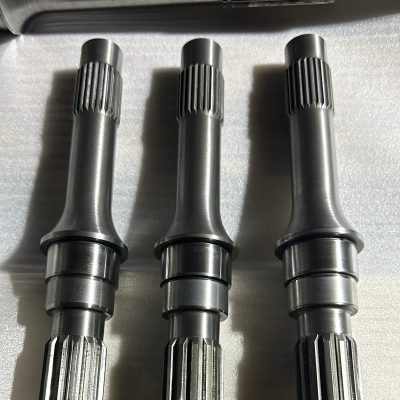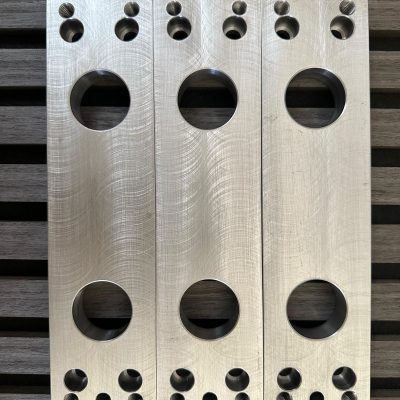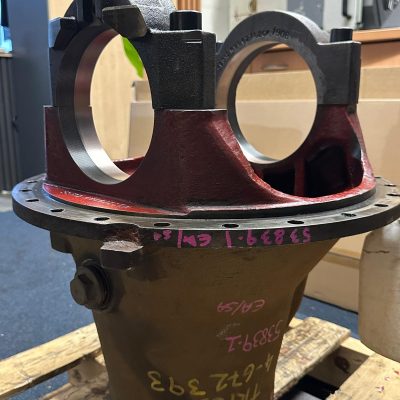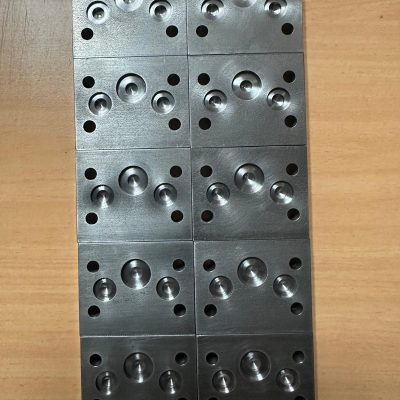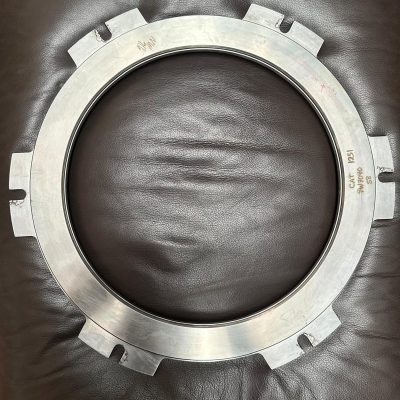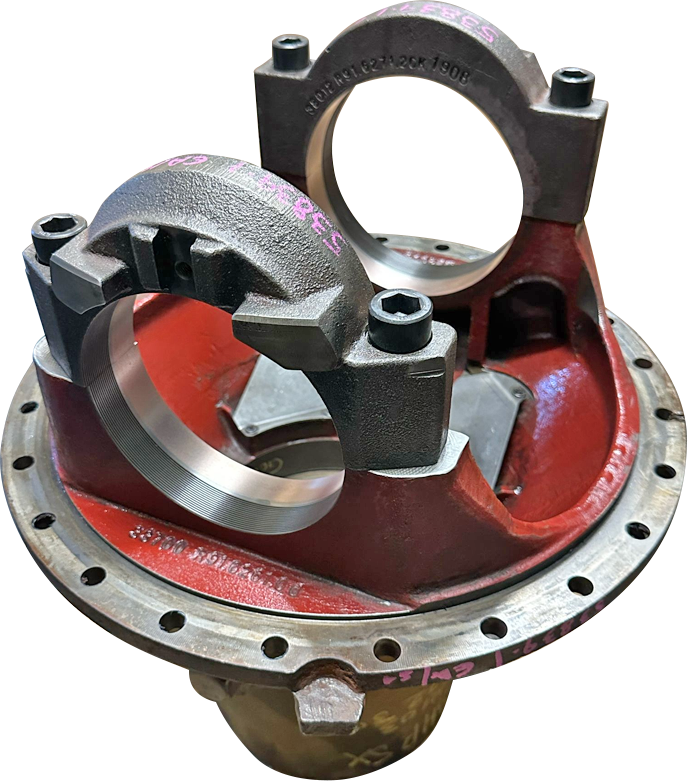
For all your CNC, Conventional Machining & Fabrication Services
Quality Machines. Honest Services. Great Value.


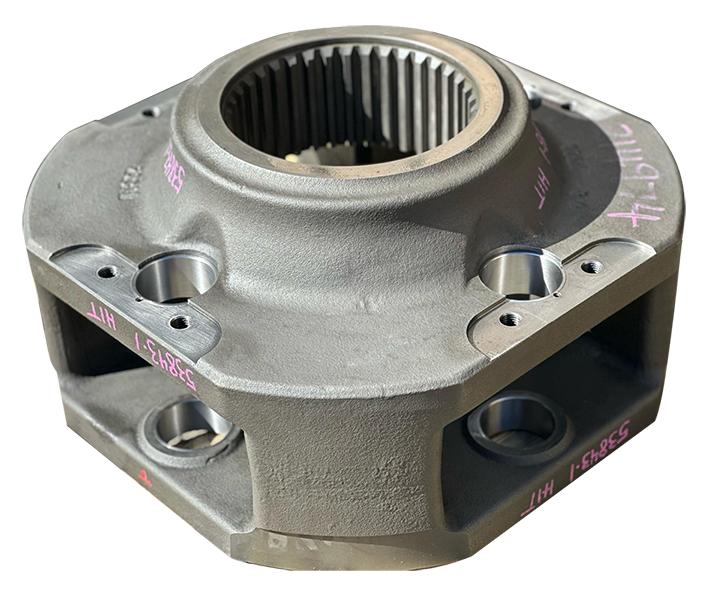
Quality
Assurance

On These Beams, We’re Building Dreams.
Vaiga Precision Engineering was established in 2024, Specialising in the CNC Milling, Conventional Milling & Turning, All kind of Welding and Fabrication Jobs..! We are handling high precision Machining + Repairing Jobs + Manufacturing Components for Mining, Automotive, Electronic, Oil & Gas and Drilling Services. Vaiga Precision Engineering focuses on CNC Milling, Conventional Turning and Light to Medium metal fabrication services. VAIGA PRECISION ENGINEERING leverages cutting-edge CNC technology alongside traditional machining expertise to deliver high-accuracy parts in Carlisle, Western Australia.
With over 10 years of industry expertise, Saba Engineering stands as a trusted leader in the design and manufacturing of complex machine parts. We are dedicated to delivering high-quality, precision-engineered solutions for a wide range of industries, ensuring reliability, efficiency, and performance at every stage.
What We Offer
CNC Milling
Conventional Milling
Conventional milling, also known as up milling, is a machining process where the cutting tool rotates opposite to the direction of the workpiece feed. In this method, the cutter engages the workpiece at the thinnest point and gradually increases the chip thickness, reducing the impact forces at the start of the cut. While conventional milling is beneficial for machining materials with hard surfaces, it tends to produce more tool wear and can cause workpiece lifting due to the cutting forces pushing against the feed direction. Despite these challenges, it is still widely used in applications where climb milling is not suitable, such as when working with older machines that lack backlash compensation.
Light Fabrication
Light fabrication involves the creation and assembly of smaller, lightweight metal structures or components, often using processes like cutting, welding, bending, and shaping. This type of fabrication is commonly used in industries such as construction, automotive, and furniture manufacturing to produce items like brackets, frames, and enclosures. Light fabrication focuses on precision, efficiency, and attention to detail, ensuring high-quality results for both functional and decorative purposes. It is suitable for a variety of materials, including aluminum, steel, and other alloys, offering flexibility in design and application for both custom and standardized projects.
Conventional Lathe
A conventional lathe is a manually operated machine tool used for shaping metal, wood, or plastic by rotating a workpiece against a cutting tool. It consists of essential components such as the headstock, tailstock, carriage, and bed, which work together to perform turning, facing, threading, and drilling operations. Unlike CNC lathes, which are automated, conventional lathes require skilled operators to control the cutting depth, speed, and feed rate manually. These machines are widely used in workshops, maintenance departments, and educational settings due to their versatility and cost-effectiveness. Despite advancements in CNC technology, conventional lathes remain valuable for small-scale production, prototyping, and repair work.
TIG, MIG & Arc Welding
TIG (Tungsten Inert Gas), MIG (Metal Inert Gas), and Arc welding are three widely used welding techniques, each suited for different applications and materials. TIG welding, also known as Gas Tungsten Arc Welding (GTAW), utilizes a non-consumable tungsten electrode to create precise, high-quality welds, making it ideal for thin metals and intricate work. MIG welding, or Gas Metal Arc Welding (GMAW), uses a continuously fed wire electrode and shielding gas, allowing for faster welding speeds and ease of use, making it popular in automotive and fabrication industries. Arc welding, or Shielded Metal Arc Welding (SMAW), employs a consumable electrode coated in flux, which generates its own shielding gas, making it suitable for outdoor and heavy-duty applications. Each method has its advantages and is chosen based on factors such as material type, thickness, and welding environment.
- Custom design and prototyping
- Specialized parts for unique machinery
- Adherence to client specifications
- Reliable stock availability
- Standardized production for consistency
- Suitable for multiple industries
- CNC machining
- High-precision milling and turning
- Tight tolerances and superior surface finishes
- Rapid prototyping
- Iterative development
- Design validation
- Replacement for worn-out or damaged components
- Quick turnaround to minimize downtime
- Guaranteed compatibility
- Steel, stainless steel, and aluminum
- Brass, copper, and titanium
- Specialized alloys for unique applications

